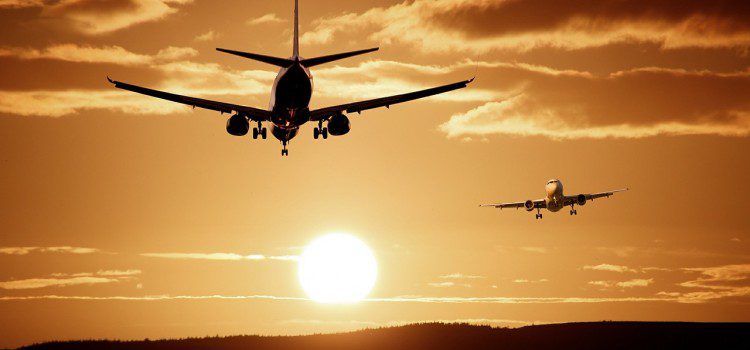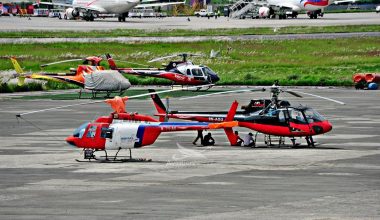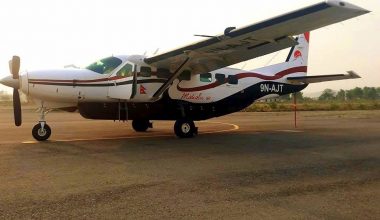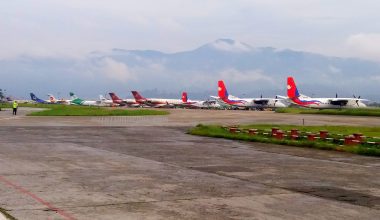
Public Awareness: Health hazards due to Air Travel
Air travel can affect your health. Especially, frequent flyers and passengers taking long haul flights can be tiresome and wary. Different factors like altitude, pressure difference can affect health negatively. Most travelers unknowingly assume far greater risks. Flight crews and frequent flyers are susceptible to a group of health problems, from cancer and cardiovascular disease, to image and hearing loss, to mental ailments and cognitive deterioration.
Much argument has also been made over probable health risks from full-body examinations at the airport. If there is any health anxiety here, it is the mental suffering that scanner operators agonize from looking numerous near-naked bodies.
Such health hazards due to air travel are:
Disease
Most folks know they are quite likely to get a cold or pick up some kind of bug while traveling via airplane. The cause is a combination of the low dampness on the flight, which withers up the natural defense mechanism, existing in mucus and a lot of strange people from around the world cramped into the tin box we call an airplane diseased with who-knows-what.
The augmented risk catching a cold is high — over 100 times advanced than not flying, according to a 2004 study in the Journal of Environmental Health Research — but the influence on your long-term endurance is low.
More serious disease risks contain food-borne diseases on the flight or at your terminus, and poor climate acclimation, which occurs when you leave your comfort region for thrilling heat, cold, humidity, or altitude. Poor acclimation can lead to anything from nausea and general malaise to sudden death.
The sporadic and often inexperienced flyer, however, remains at high risk for grave illness brought almost by the unexpected change in local environment —including the airplane cabin, with its squat humidity and air pressure alike to that on a mile-high highland, or the destination, with possibly radically different food, water and temperature.
It is the potential for a pandemic. Air transportation is here to stay, so the best solution is to be sure that vaccination is also here to rule.
Economy-Class Syndrome
Sitting in confined conditions for a long time is more than a prickly nuisance; it can slay you by instigating blood clots to produce, typically in your legs, which then can mobile to your lungs and source a pulmonary embolism.
The medical word is traveler’s thrombosis, which reasons deep vein thrombosis (DVT). The mutual term is economy-class syndrome because, while you can acquire such clots in first class or even in an automobile, the small 13 millimeters of extra leg space amid your knees and the fully sprawled seat in front of you in the coach segment doesn’t help stuffs.
Risk factors are many and comprise size, new surgery, poor circulation, heart disease, mid or old age, and oral contraception or pregnancy .
Clots can form throughout or up to 30 days after travel or any period of stillness, and most clots melt on their own.
Your single protection is wearing unfastened clothing, drinking lots of water, rambling around the cabin, and extending — or being able to manage the luxury of sleeping parallel in first class.
Noise-Induced Hearing Loss
Heavy traffic is nearly 80 decibels. Normal conversation is at 60 decibels. And the airplane cabin sorts from about 75 decibels in the front to 85 decibels or greater in the back (where the plane’s engine is positioned). Particular back rows clock in at 100 decibels.
Throughout any flight that’s more than four hours, reliant on where you are sitting, you are at the verge for revealing yourself to perpetual hearing loss. The more you soar, the bigger your risk of noise-induced hearing loss. The occupational safety perimeter is 88 decibels for four hours and 85 decibels for eight hours. The passenger wedged in the back is essentially at greater risk for hearing loss that the flight attendant, who has the liberty to move from place to place.
Creating matters shoddier, passengers in such a brash environment incline to adjust their earphones an extra 5 decibels exceeding the ambient noise to wedge it out.
Note also that the ear pain linked with air pressure fluctuates hardly leads to everlasting hearing loss.
Jet Lag
Perhaps the human body wasn’t intended to vacate Tokyo at noon on a Tuesday and reach in Washington, D.C., 12 hours later… at noon on a Tuesday. A study printed in the journal, The Lancet in 2007 — a meta-analysis of more than 500 studies on aviation and health — found that steady disturbance of body rhythms from jet lag and travel fatigue can lead to mental decline and psychotic and mood maladies, sleep disorders, and conceivable heart disease and cancer. The health risk appears to reflect that of long-time nightshift, or graveyard-shift workers.
Temporary problems from jet lag comprise the obvious fatigue and loss of attention but also petulance and loss of craving. Extended lines at security at the terminal and the out-of-date dinner rolls on the airplane don’t help stuffs much.






